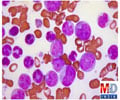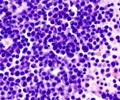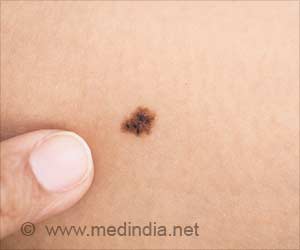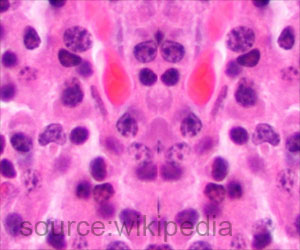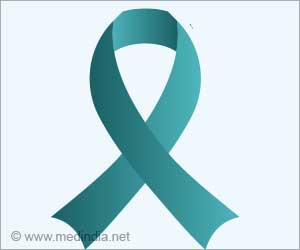New approach to the treatment of aggressive adult and childhood leukemia which promises to lead to long-term survival for those suffering from the blood cancer has been discovered by scientists.
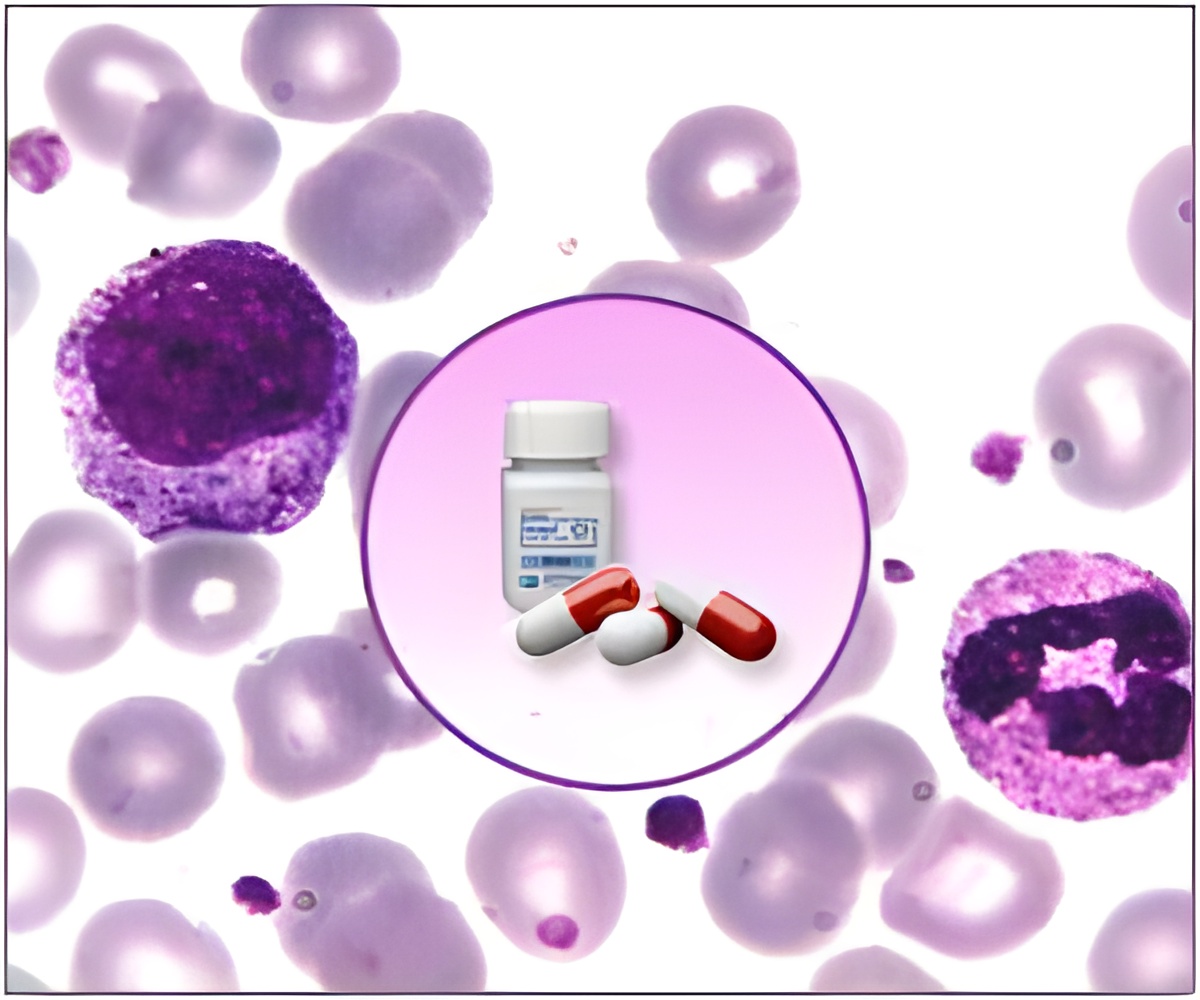
According to the findings, a mutant enzyme called JAK2 drives and feeds a virulent form of the cancer that has proved resistant to therapy.
"Not only do they grow very quickly and the tumours spread more rapidly but they're often refractory to standard chemotherapies up front. These are things that are very difficult to treat because they spread quickly. In addition, they cannot be treated by the common chemotherapy," ABC News quoted Ricky Johnstone, assistant director of research at the Peter MacCallum Centre, as saying.
The research team combined an existing blood cancer treatment with a novel drug to attack the cancer-causing activity of the JAK2 protein in two places, and found that cancer cells could not survive this precise, double-barrel hit.
The dual-pronged attack technique explains why the approach could inhibit both JAK2 and the survival molecules using a combination of drugs. It has already proved how successful it has been to overwhelm the survival capacity of these cancer cells through the mice experiments.
"One of the drugs we used in our work is already approved for the treatment of adults with other cancers, while the second is in clinical development, so we hope our combination regimen could be available for patients with JAK2-driven leukemia in a matter of years," said first author of the journal, Michaela Waibel.
Advertisements
Source-IANS



